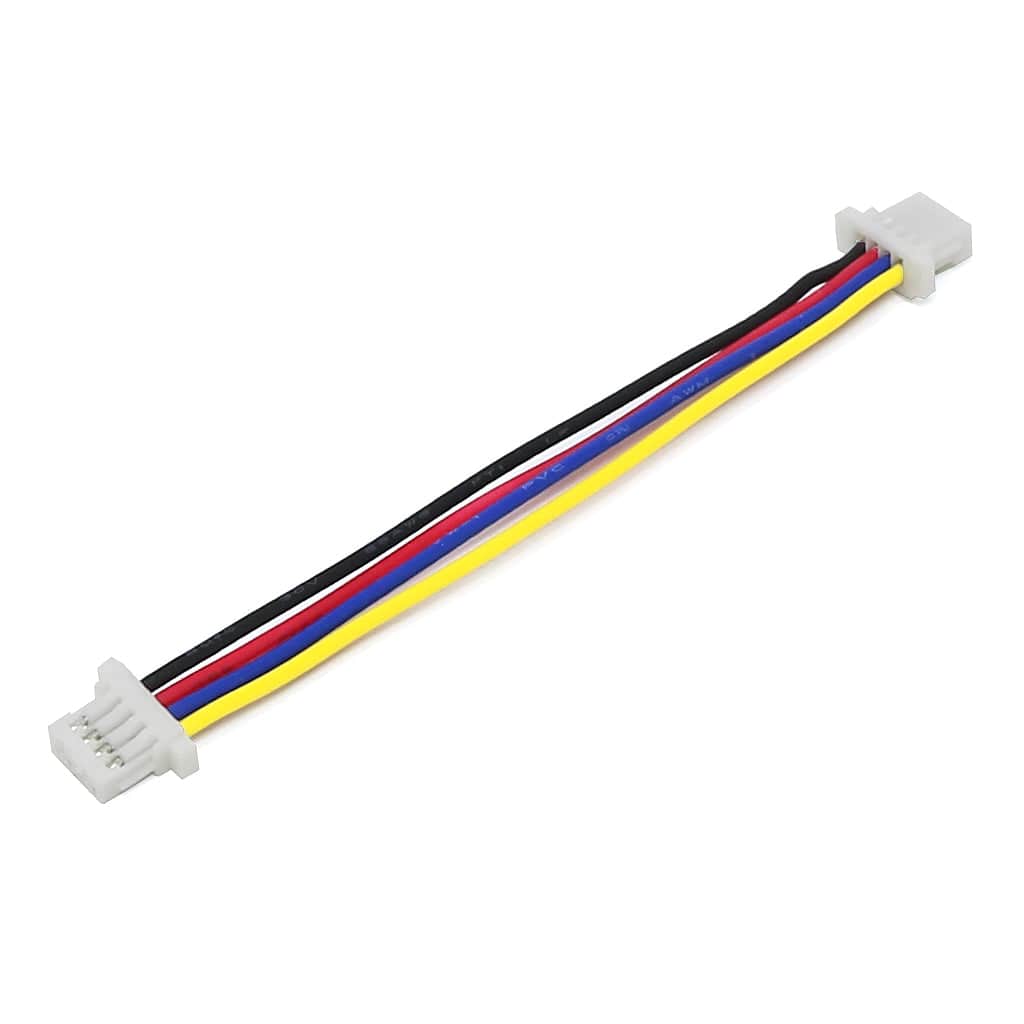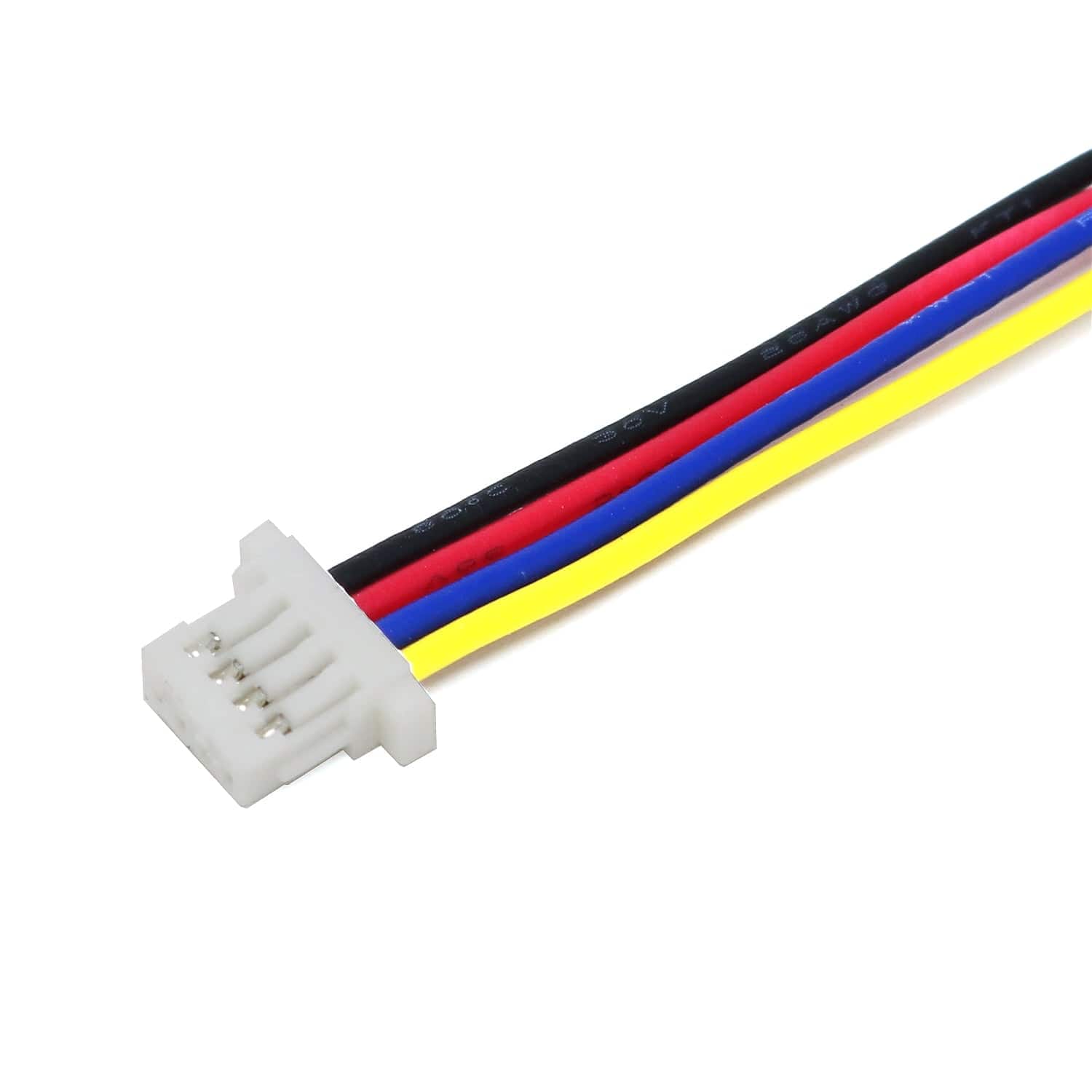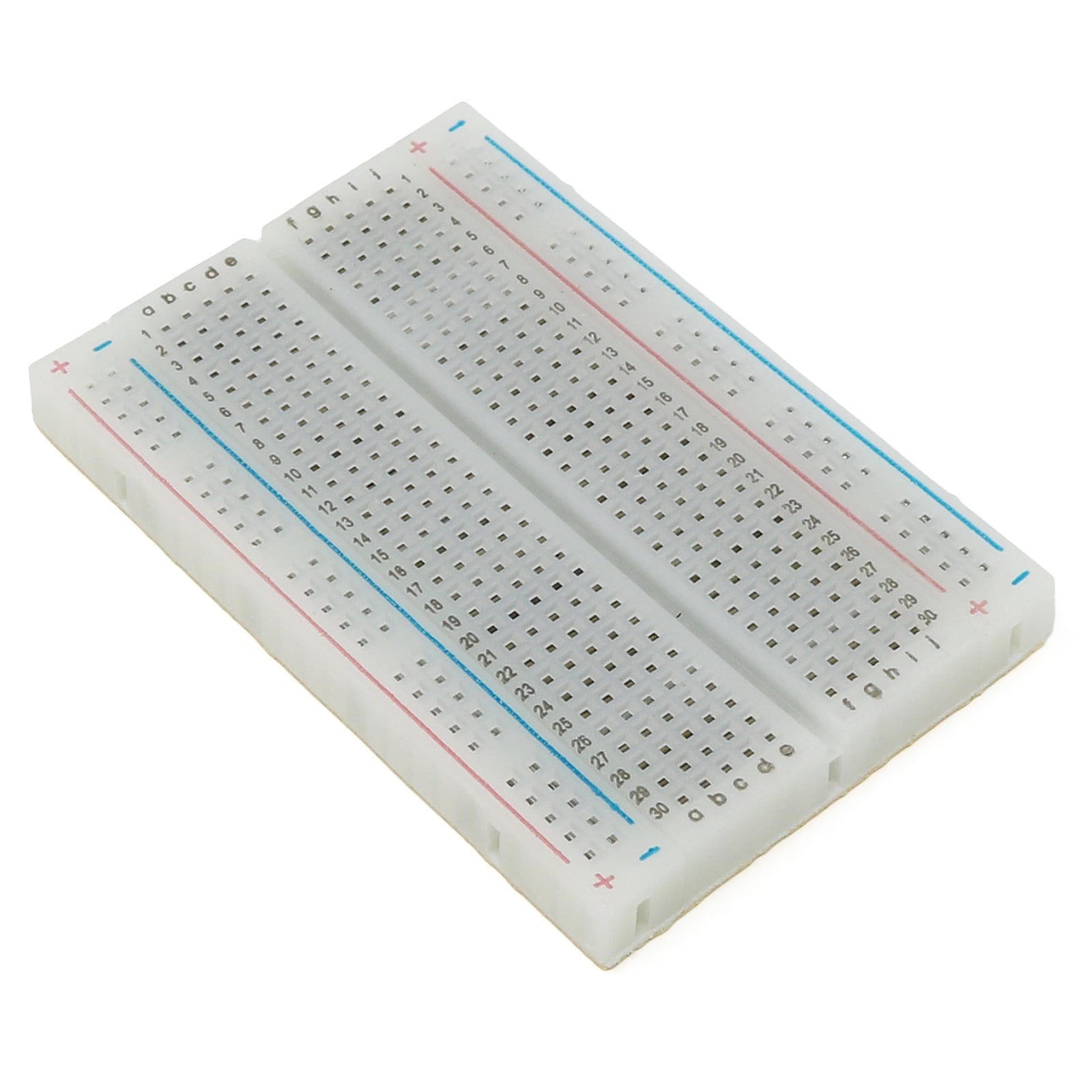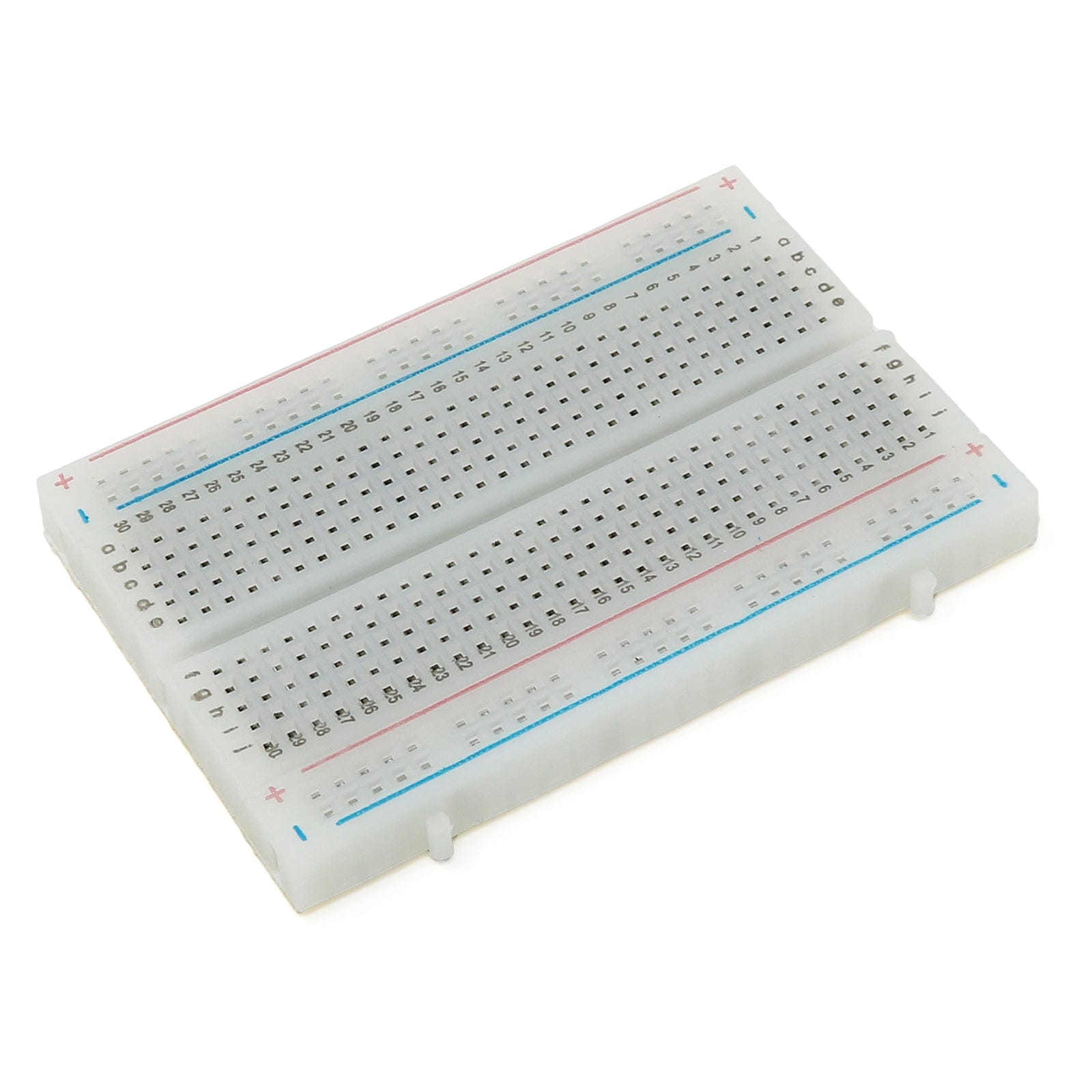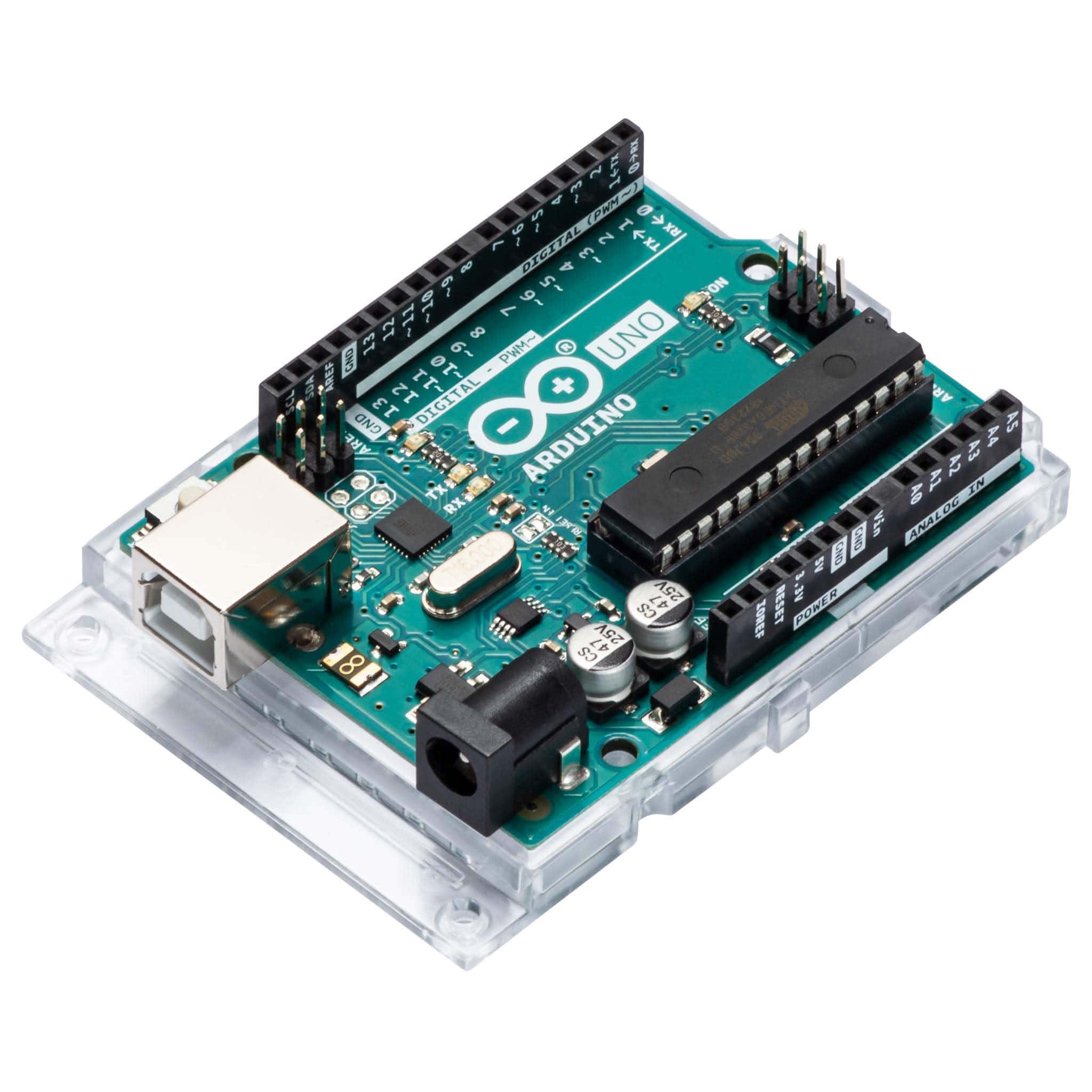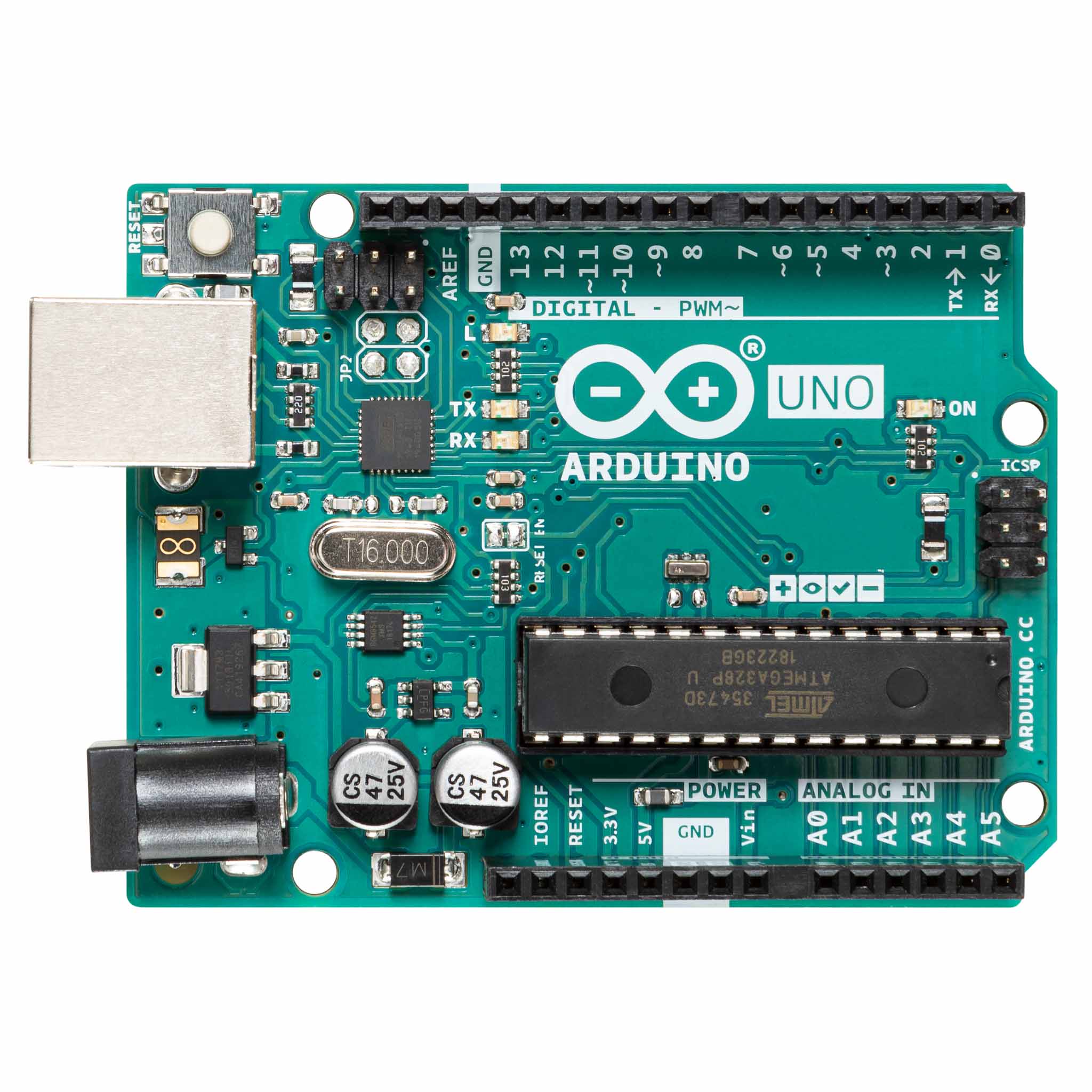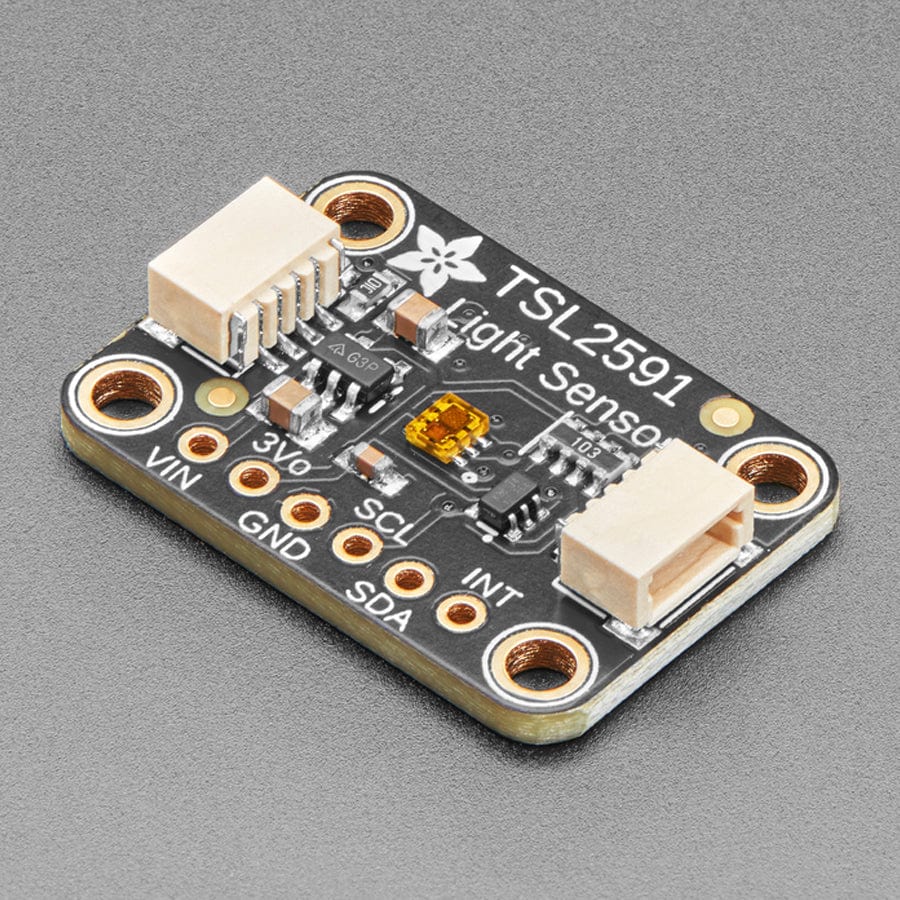
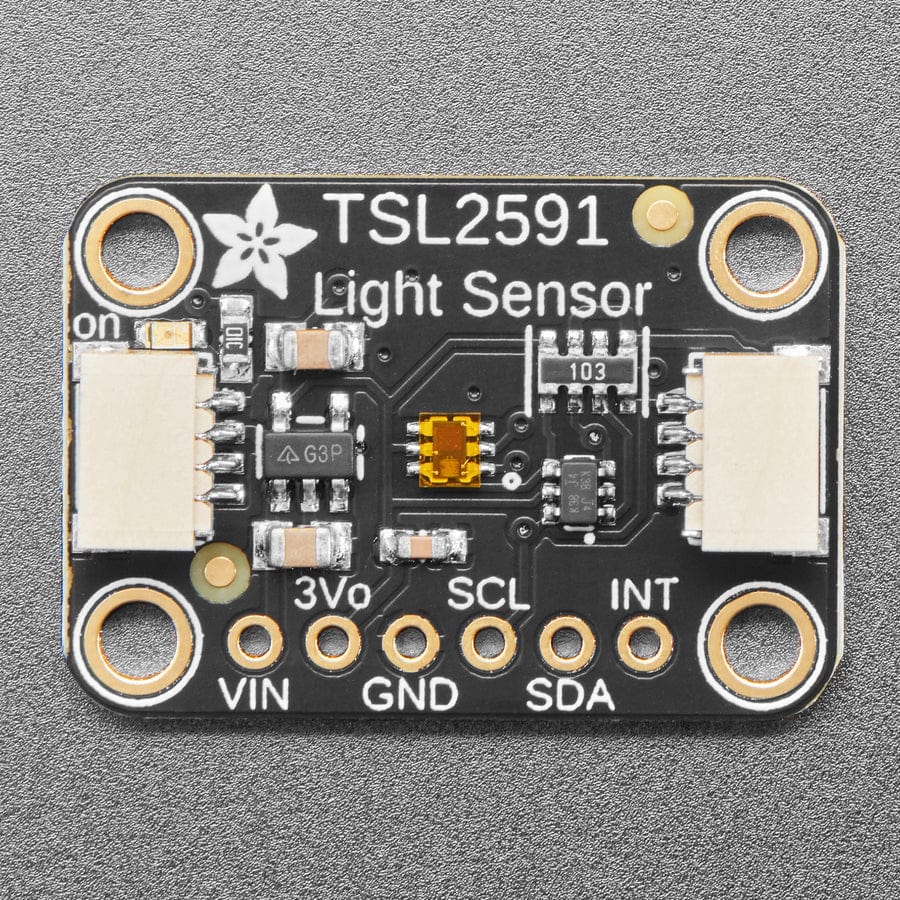
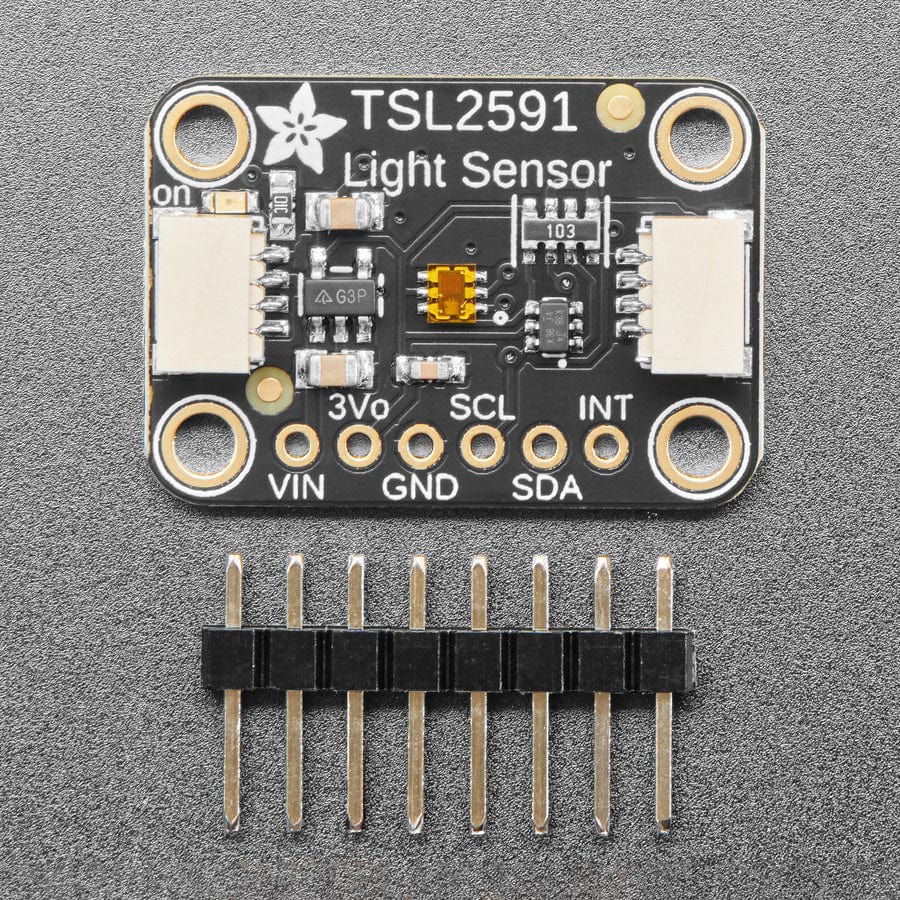
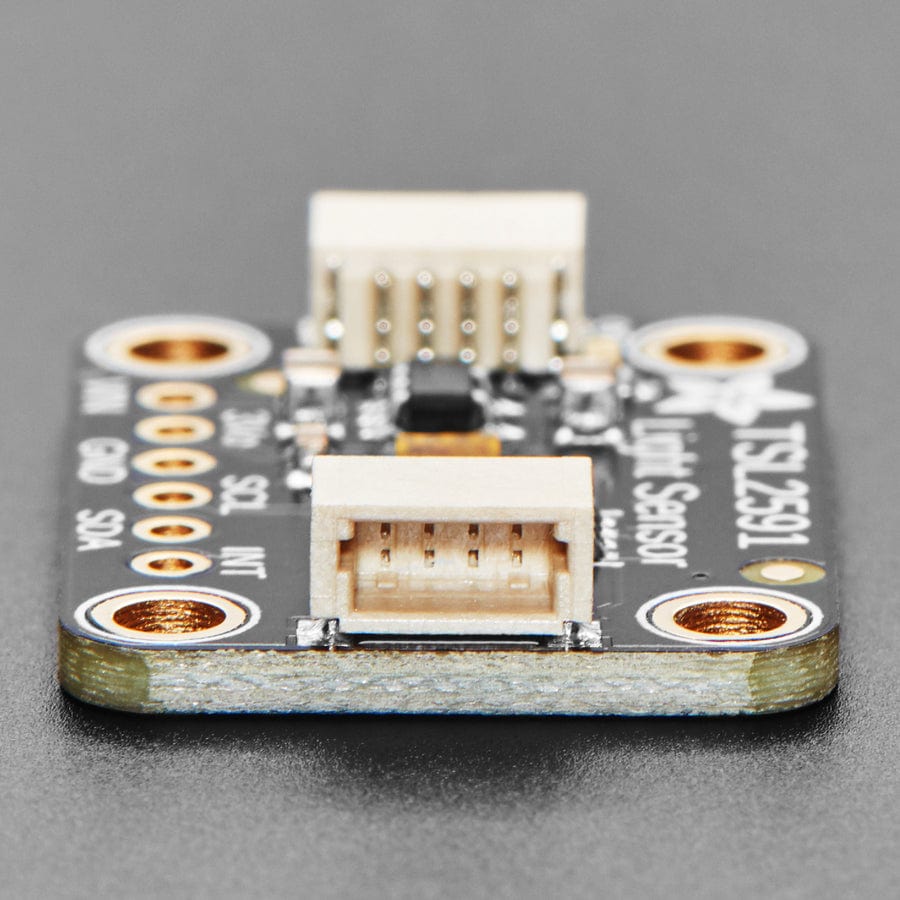
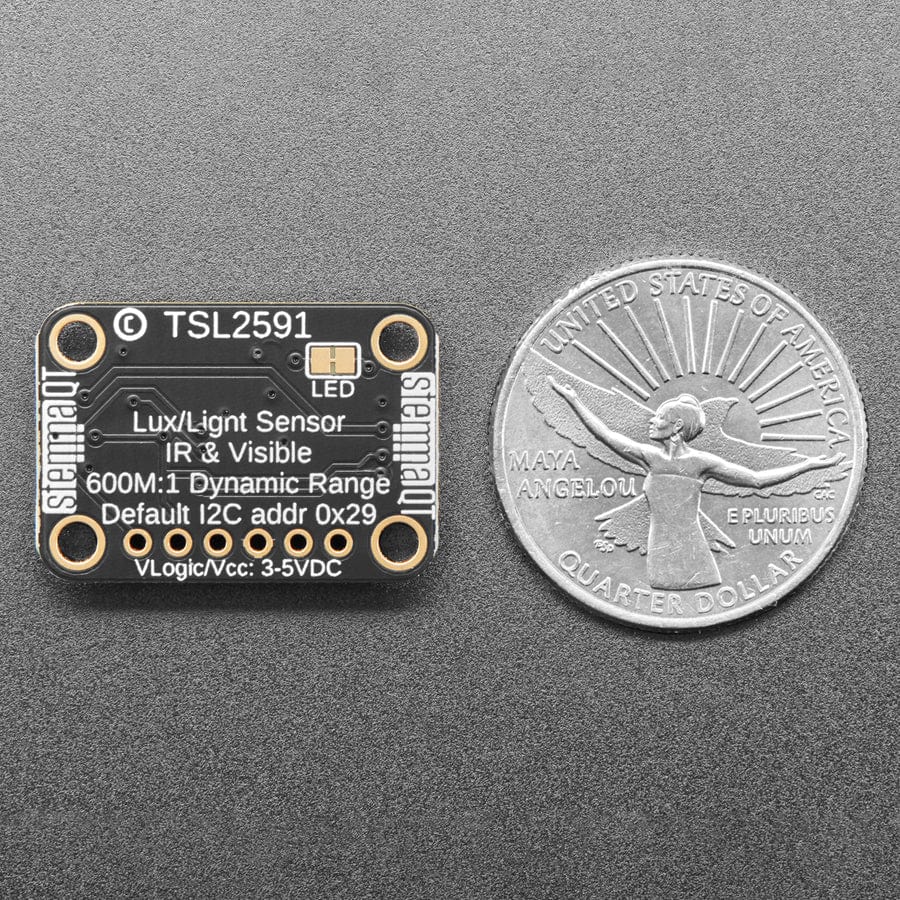
Login / Signup
Cart
Your cart is empty
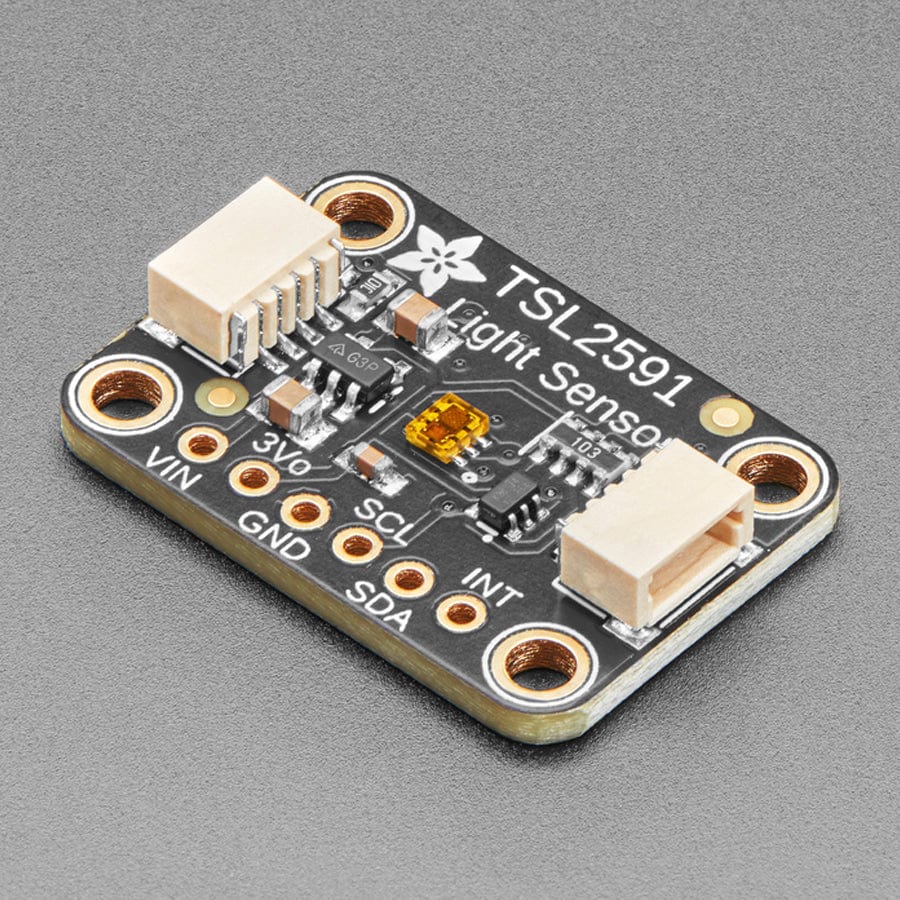
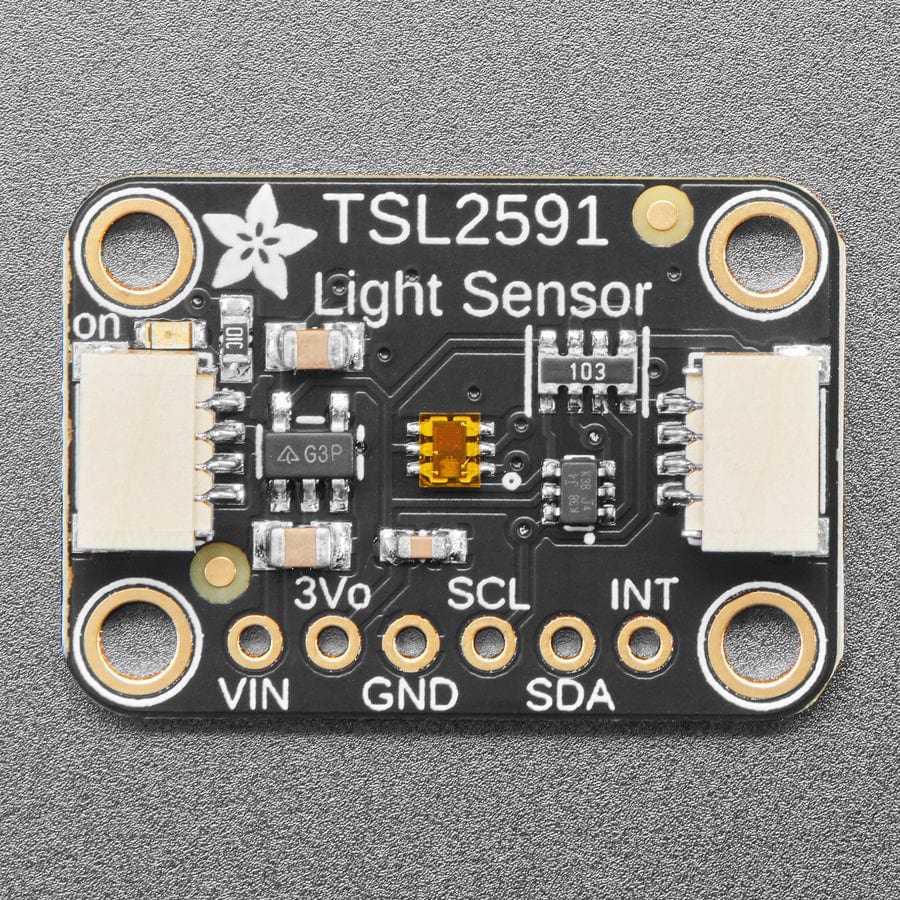
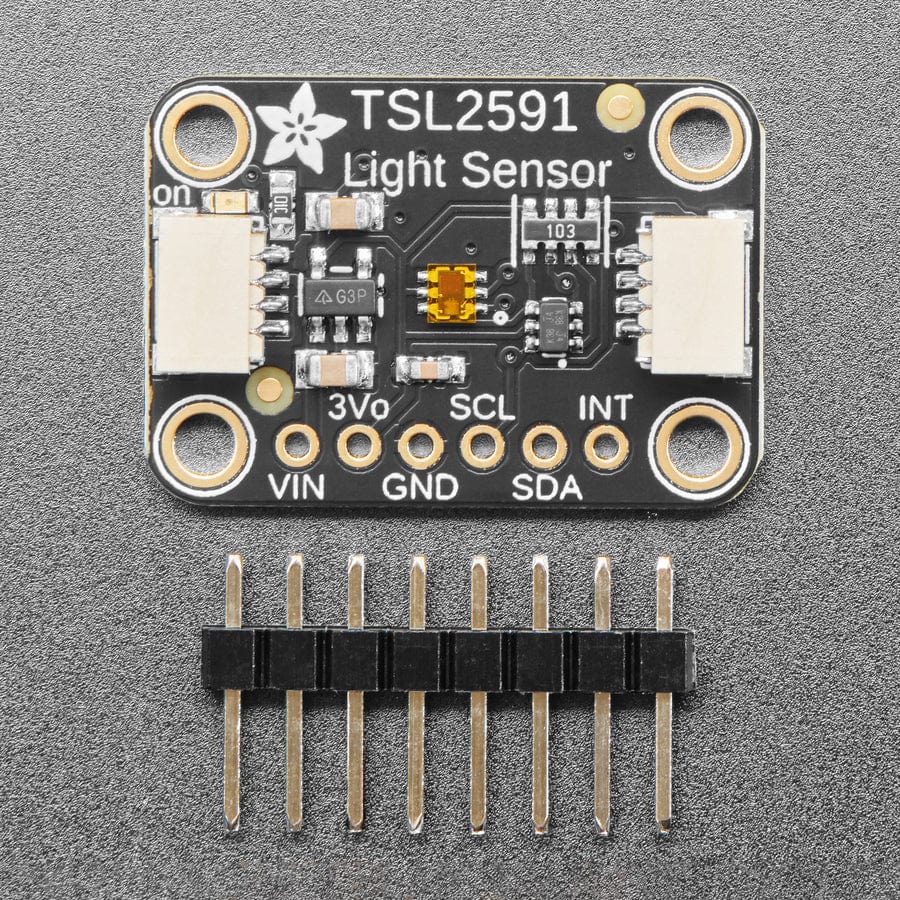
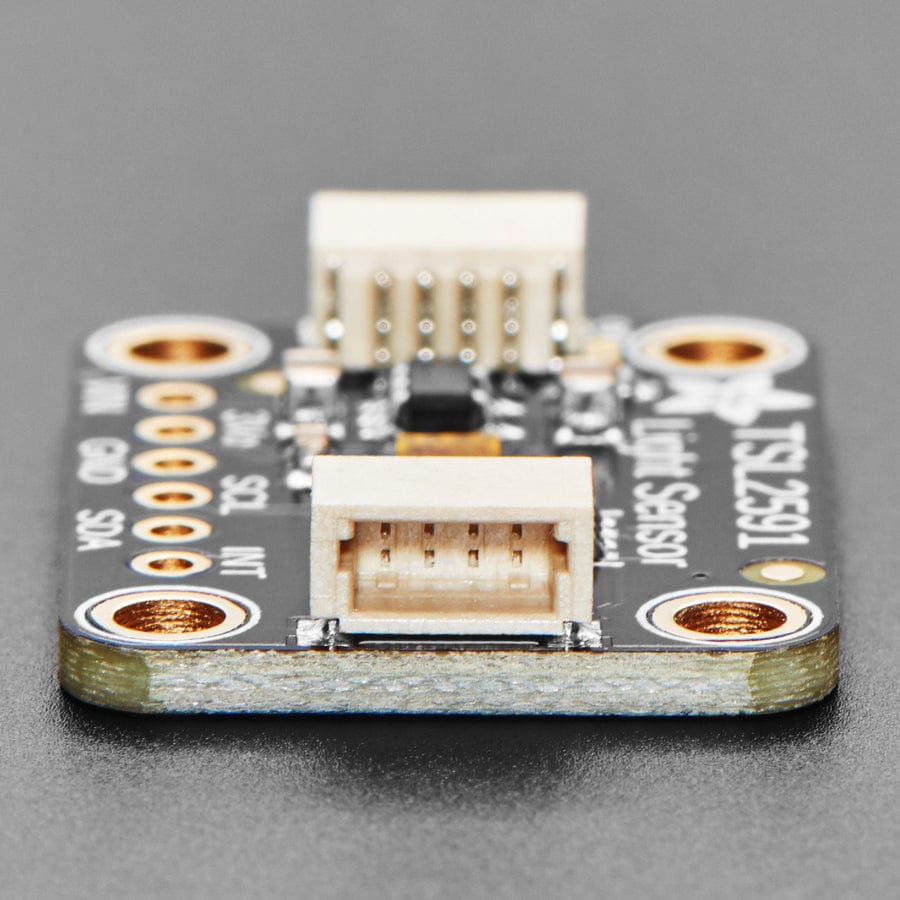
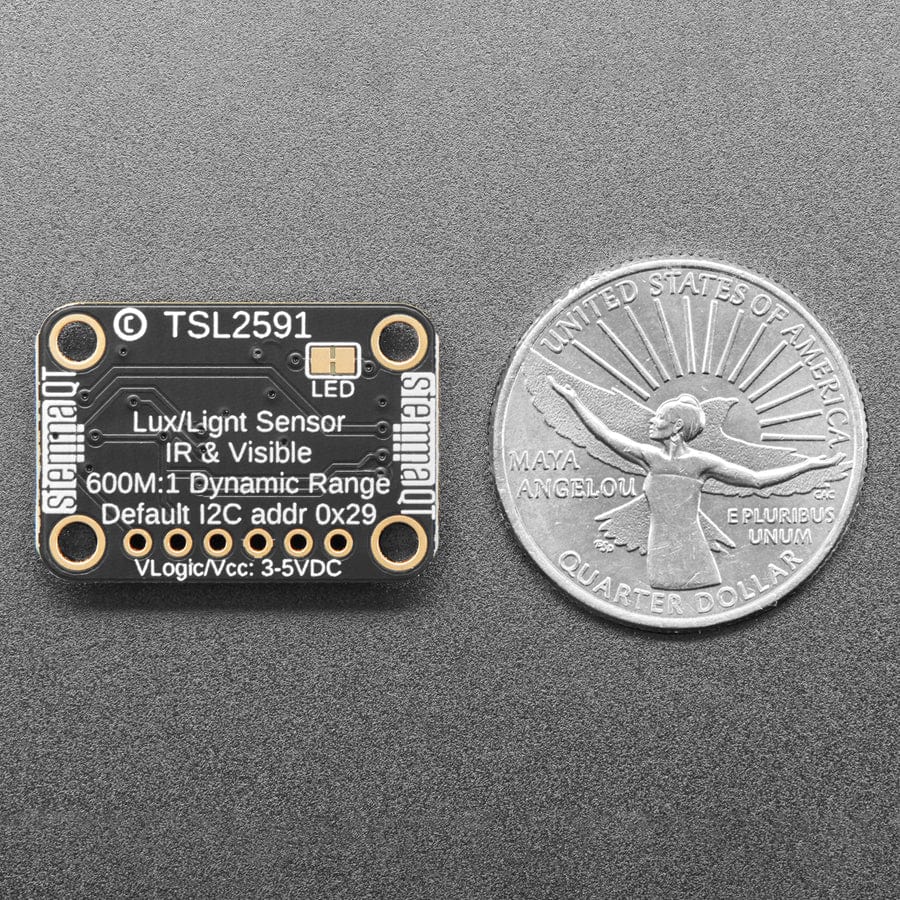
When the future is dazzlingly bright, this ultra-high-range luminosity sensor will help you measure it. The TSL2591 luminosity sensor is an advanced digital light sensor, ideal for use in a wide range of light situations. Compared to low-cost CdS cells, this sensor is more precise, allowing for exact lux calculations and can be configured for different gain/timing ranges to detect light ranges from 188 uLux up to 88,000 Lux on the fly.
The best part of this sensor is that it contains both infrared and full-spectrum diodes! That means you can separately measure infrared, full-spectrum or human-visible light. Most sensors can only detect one or the other, which does not accurately represent what human eyes see (since we cannot perceive the IR light that is detected by most photo diodes) This sensor is much like the TSL2561 but with a wider range (and the interface code is different). This sensor has a massive 600,000,000:1 dynamic range! Unlike the TSL2561 you cannot change the I2C address, so keep that in mind.
The built-in ADC means you can use this with any microcontroller, even if it doesn't have analogue inputs. The current draw is extremely low, so it's great for low-power data-logging systems. about 0.4mA when actively sensing, and less than 5 uA when in power-down mode.
As if that weren't enough, we've also added SparkFun qwiic compatible STEMMA QT connectors for the I2C bus so you don't even need to solder. Just wire up to your favourite micro with a plug-and-play cable to get data ASAP. For a no-solder experience, just wire up to your favourite micro using a STEMMA QT adapter cable. The Stemma QT connectors also mean the TSL2591 can be used with our various associated accessories. QT Cable is NOT included, but we have a variety in the shop.
Of course, we wouldn't leave you with a datasheet and a "good luck!" - we wrote a detailed tutorial showing how to wire up the sensor, use it with an Arduino and example code that gets readings and calculates lux.
Chip specifications






